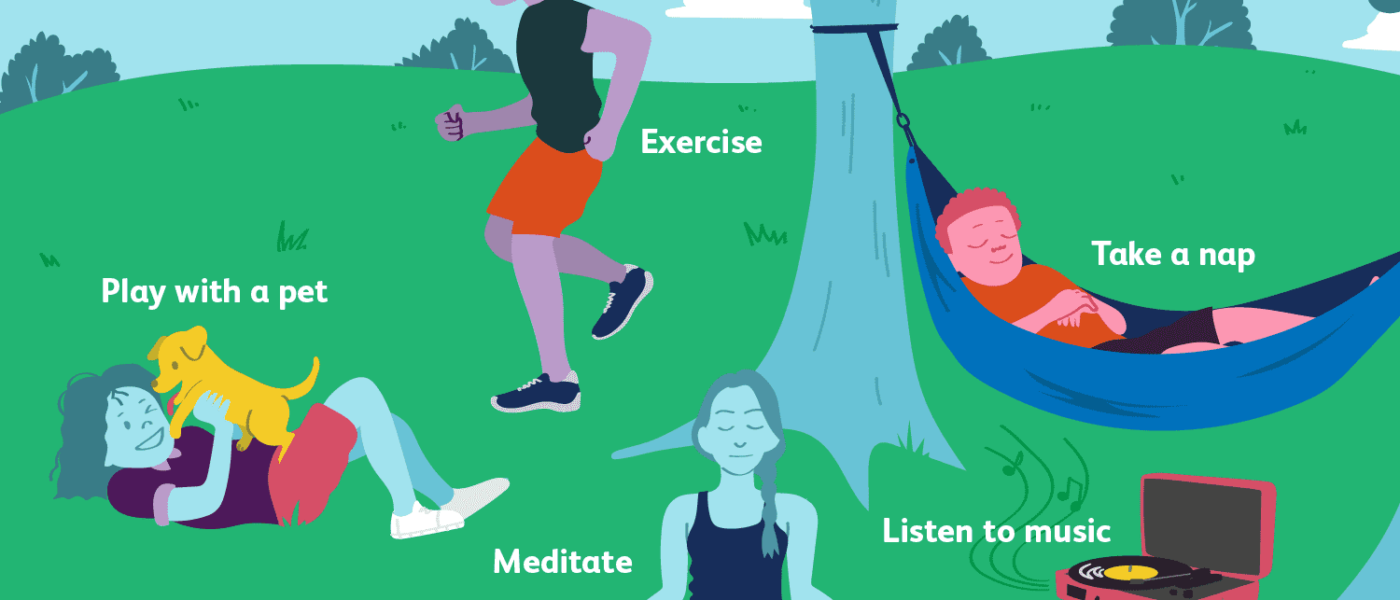Reducing Stress Through Exercise: Tips And Tricks
Are you looking for effective ways to reduce stress in your life? Look no further! In this article, we will explore a variety of tips and tricks that can help you reduce stress through exercise. Whether you prefer hitting the gym, going for a run, or practicing yoga, we have something for everyone. Discover the power of physical activity in reducing stress and improving your overall well-being. So, grab your workout gear and get ready to embark on a stress-free journey!
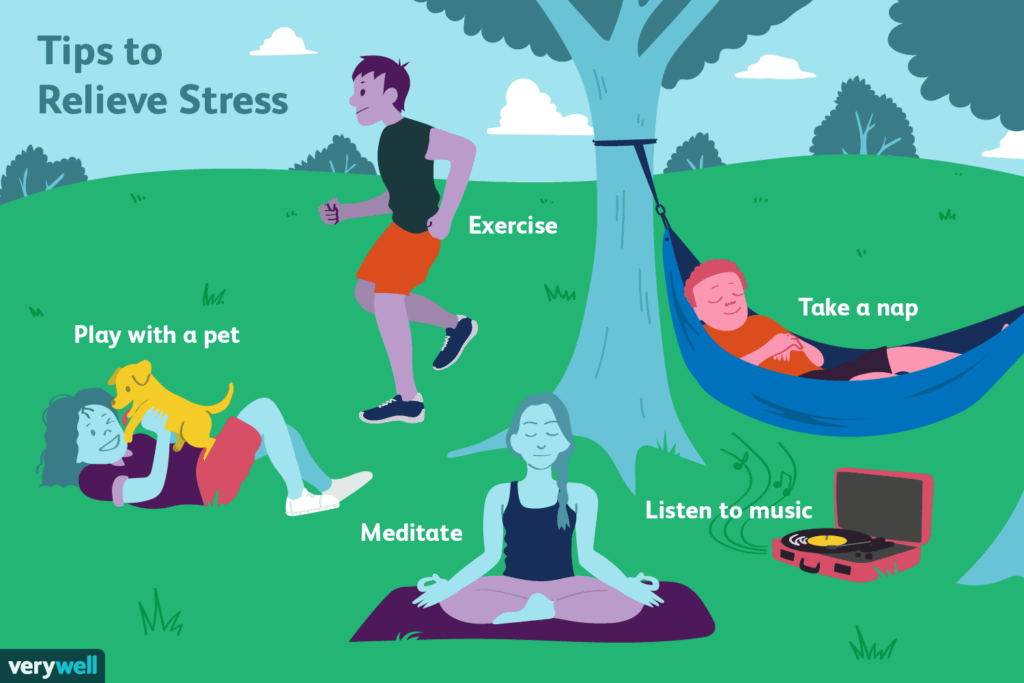
Benefits of Exercise for Stress Reduction
Exercise is not only beneficial for improving physical health, but it also has numerous positive effects on our mental well-being. Engaging in regular physical activity can significantly reduce stress levels and promote a sense of overall calmness and relaxation.
Physical benefits of exercise
When you exercise, your body releases endorphins, which are natural chemicals that act as mood boosters. These endorphins create a feeling of happiness and euphoria, helping to combat stress and anxiety. Additionally, regular exercise improves blood circulation and enhances the production of serotonin, a neurotransmitter that regulates mood and promotes a sense of well-being. Exercise also promotes better sleep, which is crucial for managing stress and maintaining good mental health.
Mental benefits of exercise
Exercise is a powerful tool for reducing stress because it can help you shift your focus and take your mind off your worries. Engaging in physical activity distracts you from the sources of stress, allowing you to break free from negative thought patterns. Additionally, exercise can increase self-confidence and improve self-esteem, which can counteract the feelings of stress and helplessness that often accompany stressful situations. Regular exercise also improves cognitive function and memory, allowing you to think more clearly and effectively manage stressors in your life.
Choosing the Right Exercise
When it comes to choosing the right exercise for stress reduction, it is important to consider various factors such as your preferences, fitness level, and schedule.
Consider your preferences
To ensure consistency and enjoyment, choose exercises that align with your interests and preferences. Whether it’s dancing, playing sports, or hiking in nature, finding activities that you genuinely enjoy will make it easier to stick to your exercise routine.
Consider your fitness level
It is essential to select exercises that match your current fitness level. If you are a beginner, start with low-impact activities such as walking or swimming and gradually increase the intensity. If you have any health concerns or physical limitations, consult with a healthcare professional to choose suitable exercises.
Consider your schedule
Finding the right exercise routine also involves considering your schedule. Look for exercises that fit into your daily routine and are realistic for you to stick with. Whether it’s early morning workouts, lunchtime walks, or evening yoga sessions, finding a time that suits your schedule will ensure consistency and minimize stress.
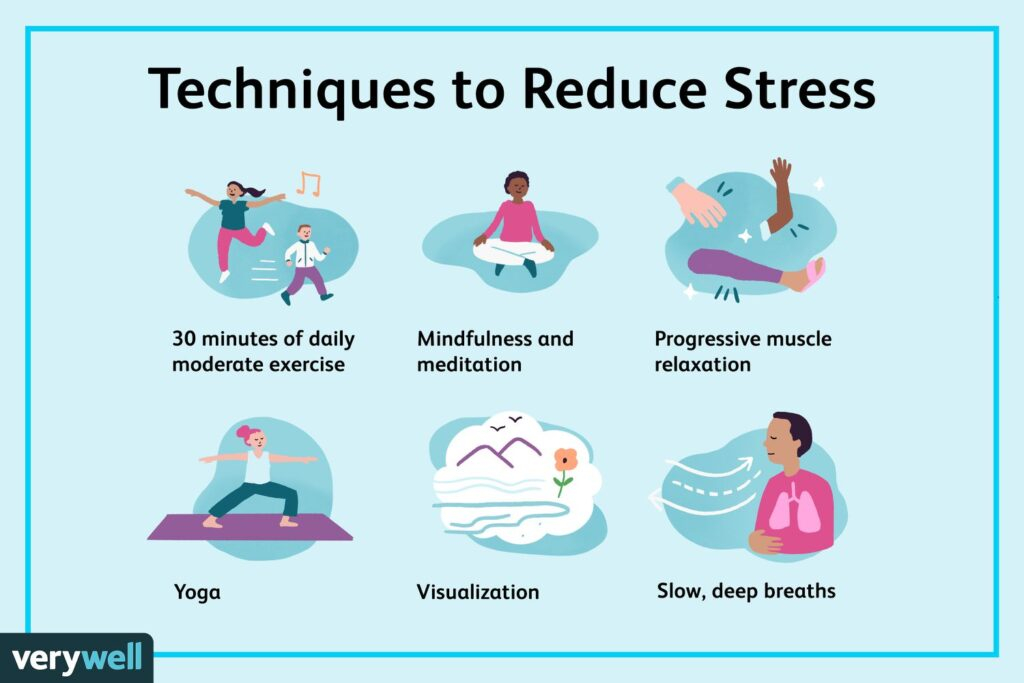
Types of Exercises for Stress Reduction
There are various types of exercises that are particularly effective for reducing stress and promoting relaxation.
Aerobic exercises
Aerobic exercises, such as running, biking, or swimming, increase your heart rate and help release endorphins. These exercises are excellent for reducing stress and improving cardiovascular health. Consider incorporating activities like jogging, cycling, or joining a dance class to reap the stress-reducing benefits of aerobic exercises.
Strength training
Strength training exercises, such as weightlifting or resistance training, not only help build muscle strength but also have stress-reducing benefits. These exercises can improve your mood, boost self-esteem, and enhance body image. Consider incorporating exercises that target different muscle groups, using dumbbells, resistance bands, or weight machines at the gym.
Yoga and Pilates
Yoga and Pilates are ancient practices that combine physical postures, breathing techniques, and mindfulness to create a holistic mind-body experience. These practices promote relaxation, reduce muscle tension, and improve flexibility and balance. Consider joining a yoga or Pilates class or following instructional videos to experience the stress-relieving benefits of these exercises.
Creating an Exercise Routine
To make exercise a regular part of your life and maximize the stress-reducing benefits, it is important to establish a well-rounded exercise routine.
Set realistic goals
When starting an exercise routine, it’s crucial to set realistic goals that are achievable and sustainable. Start small and gradually increase the intensity and duration of your workouts. Setting unrealistic goals may lead to frustration and demotivation, which can hinder long-term consistency.
Plan a schedule
Planning a schedule can help you stay committed to your exercise routine. Set aside dedicated time for your workouts and treat it as a non-negotiable appointment with yourself. Consider using a planner or setting reminders on your phone to stay on track.
Start slowly and progress gradually
It is essential to start slowly and listen to your body to prevent injuries and burnout. Gradually increase the intensity, duration, and frequency of your workouts to build endurance and strength over time. Pushing yourself too hard too soon can lead to physical and mental exhaustion.
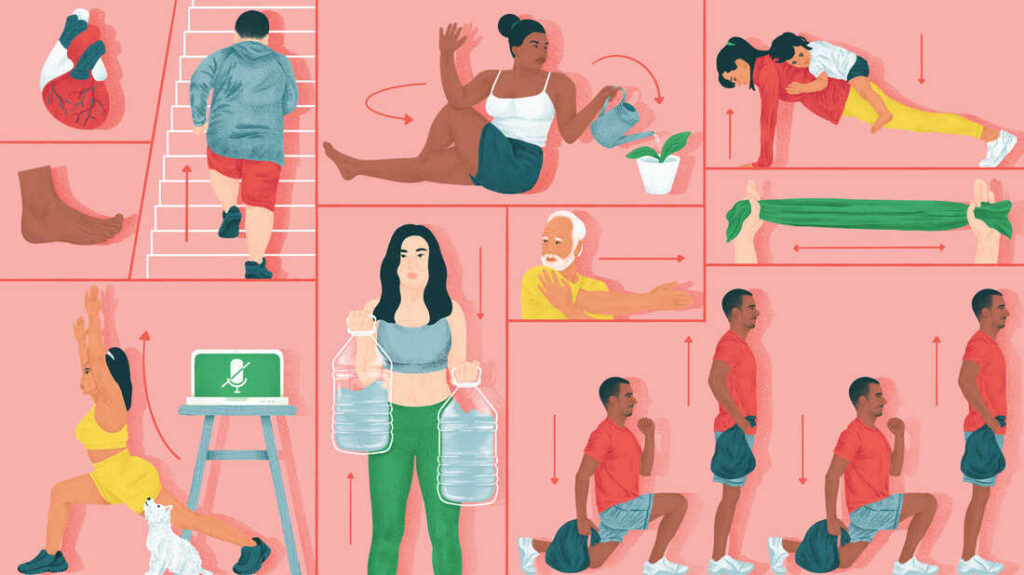
Making Exercise a Habit
To make exercise a habit and ensure long-term consistency, it is important to find motivation, make it enjoyable, and seek accountability and support.
Find motivation
Discover your personal motivations for exercising and remind yourself of them regularly. Whether it’s improving your overall health, reducing stress, or achieving specific fitness goals, having a clear purpose can help you stay motivated and committed to your exercise routine.
Make it enjoyable
Choose activities that you genuinely enjoy and look forward to. Incorporate elements of fun and variety into your workouts to make them more enjoyable. Consider trying new exercises, listening to uplifting music or podcasts, or exercising with a friend to keep things interesting and engaging.
Accountability and support
Finding a workout buddy or joining a fitness community can provide the support and accountability you need to stay consistent with your exercise routine. Working out with others can make your exercise sessions more enjoyable and help you stay motivated.
Tips for Consistency in Exercise
To maintain consistency in your exercise routine, consider the following tips:
Make it a priority
Treat exercise as a priority in your life, just like any other important commitment. Prioritize your workouts and make them a non-negotiable part of your daily or weekly schedule.
Be flexible with time and location
Life can be unpredictable, and schedules can change. Be flexible with the time and location of your workouts to accommodate unexpected events or changes in your routine. If you can’t make it to the gym, opt for a home workout or take a walk during your lunch break.
Use technology and apps
Take advantage of technology and fitness apps to help you stay motivated and on track. Use fitness trackers to monitor your progress, find workout routines online, or download exercise apps that provide guidance and structure for your workouts.

Overcoming Barriers and Excuses
It’s common to encounter barriers and make excuses when it comes to regular exercise. However, with the right mindset and strategies, these barriers can be overcome.
Lack of time
One of the most common barriers to exercise is a perceived lack of time. However, even short bursts of physical activity can be beneficial. Look for opportunities to sneak in exercise throughout your day, whether it’s taking the stairs instead of the elevator or doing quick bodyweight exercises during breaks.
Lack of motivation
We all experience dips in motivation from time to time. To overcome a lack of motivation, remind yourself of your goals, find an accountability partner, or engage in activities that inspire and energize you. Celebrate your progress and focus on the positive effects that exercise has on your mental and physical well-being.
Injuries or health conditions
If you have injuries or health conditions that limit your ability to engage in certain exercises, seek guidance from a healthcare professional. They can help you find safe alternatives or modifications to ensure you can still participate in physical activity.
Weather conditions
Weather conditions, such as extreme heat or cold, can pose challenges to outdoor exercise. Instead of using it as an excuse, explore indoor alternatives like home workouts, fitness classes, or utilizing gym facilities during inclement weather.
Maximizing Stress Reduction during Exercise
To maximize stress reduction during exercise, consider implementing the following strategies:
Focus on mindful movement
Incorporate mindfulness into your exercise routine by paying attention to the sensations in your body, your breath, and your surroundings. By practicing mindful movement, you can enhance the stress-relieving benefits of exercise and cultivate a deeper mind-body connection.
Engage in outdoor exercises
Exercising in nature has been shown to have additional mental health benefits. Take advantage of natural surroundings by going for a hike, a bike ride, or practicing yoga in a park. The fresh air and contact with nature can amplify the stress-reducing effects of exercise.
Use music or podcasts as a distraction
Listening to your favorite music or engaging podcasts while exercising can divert your attention from stressors and make your workouts more enjoyable. Create a playlist of upbeat or calming songs that suit your preferences, or find podcasts that motivate and inspire you.
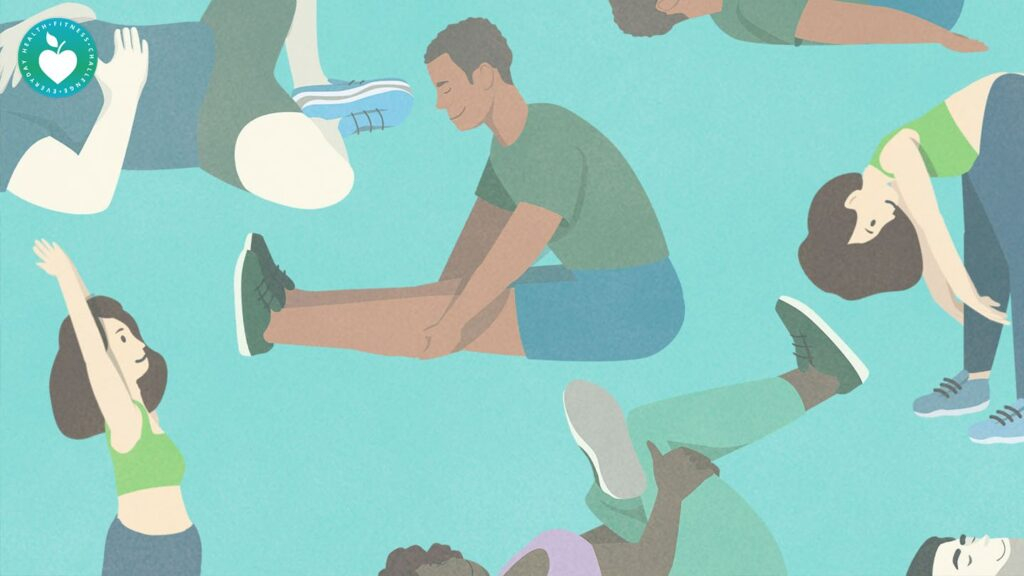
Avoiding Injury during Exercise
To ensure a safe and injury-free exercise experience, pay attention to the following guidelines:
Warm up and cool down
Before starting any exercise, it is crucial to warm up your body with dynamic stretches or light cardio exercises. Warming up prepares your muscles and joints for the upcoming activity, reducing the risk of injury. Similarly, cooling down with gentle stretches after exercising helps your body recover and prevents muscle stiffness.
Use proper form and technique
Maintaining proper form and technique during exercises is essential for preventing injuries. If you are unsure about the correct form, consider working with a qualified trainer or instructor who can guide you. Remember to listen to your body and avoid pushing beyond your limits.
Listen to your body
Pay attention to any signs of discomfort, pain, or exhaustion during your workouts. Pushing through excessive pain or fatigue can increase the risk of injury. It is important to respect your body’s limits and adjust your exercise accordingly.
Combining Exercise with other Stress-Reducing Techniques
While exercise alone can be a powerful stress-reducing tool, combining it with other techniques can maximize its effectiveness.
Meditation and breathing exercises
Incorporating meditation or deep breathing exercises into your exercise routine can enhance its stress-reducing benefits. Before or after your workouts, take a few minutes to sit quietly, focus on your breath, and cultivate a sense of calmness.
Journaling and self-reflection
Pairing exercise with journaling or self-reflection allows you to process your thoughts and emotions more effectively. Consider writing down your feelings, thoughts, or any insights you have during or after your workouts to foster self-awareness and promote mental well-being.
Time management techniques
Use exercise as an opportunity to practice time management techniques. By planning your workouts and sticking to a schedule, you can develop better time management skills, reduce stress associated with time constraints, and improve overall productivity.
In conclusion, exercise is a valuable tool for reducing stress and promoting overall well-being. By considering your preferences, fitness level, and schedule, you can choose the most suitable exercises for stress reduction. Creating a well-rounded exercise routine, making exercise a habit, and implementing strategies for consistency ensure long-term success. By maximizing stress reduction during exercise, avoiding injuries, and combining exercise with other stress-reducing techniques, you can experience the full benefits of exercise for your mental and physical health. So start incorporating exercise into your daily routine and enjoy the positive impact it has on your stress levels and overall well-being.

